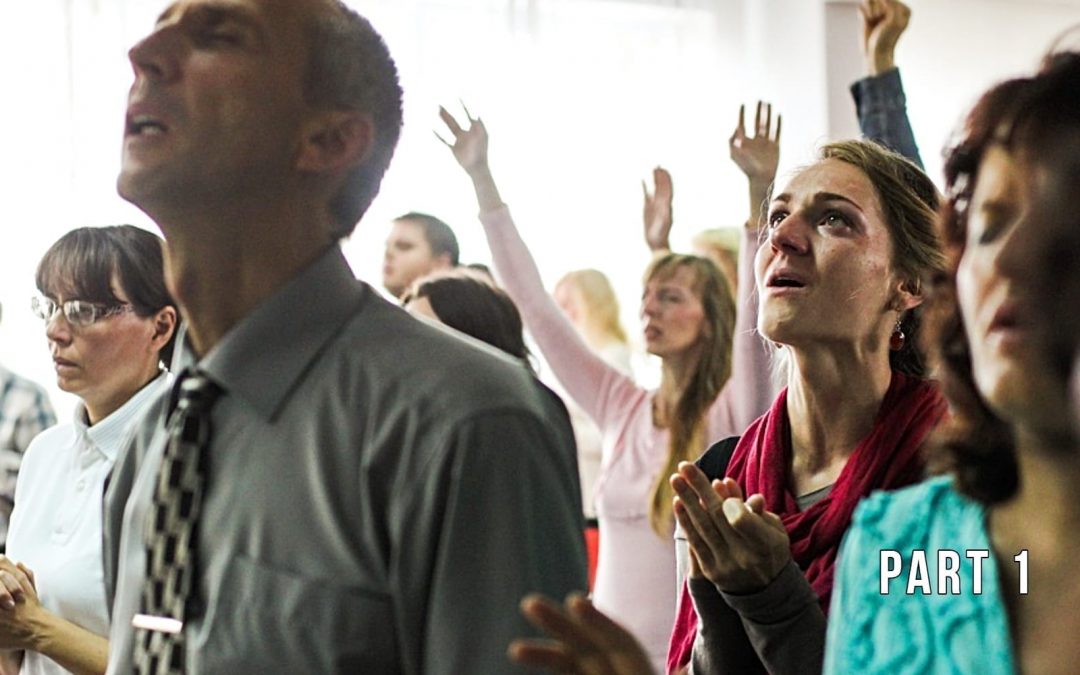The famous saying, “We have met the enemy and he is us,” was created by cartoon strip writer Walt Kelly in 1970. He repeated it in 1971.
Kelly’s cartoon strip in the Sunday “comics” section of newspapers was called “Pogo.”
The phrase was a paraphrase of a famous military commander who, during the War of 1812, declared, “We have met the enemy and they are ours.”
From the moment Kelly’s 1970s strip was published (on the first Earth Day), the phrase, “We have met the enemy and he is us” entered into the American popular mind as a catchphrase for any identification of a social problem that is “our own doing.”
In other words, instead of pointing fingers at others, we should look at ourselves and consider the possibility that we – whoever “we” are – are the real culprits.
Every cliché worth anything has a proper context. Kelly could not have meant there are no enemies than ourselves; what he meant was that in some cases we ourselves are our worst enemies and need to be more introspective and self-critical.
We American evangelicals have gained a reputation for being guilt-mongers, finger-pointers, even haters.
I’m not sure that reputation is wholly deserved, but if perception is part of reality, we need to take this reputation seriously and ask ourselves if we do deserve it – even in part.
As a church historian who has specialized in the study of American evangelicalism, I have to dig into the roots of this reputation and why it might be partly true.
In the 1940s, conservative Protestant pastor, organizer, speaker and writer Harold John Ockenga and some of his friends began to meet together to consider a new kind of evangelicalism that would be different from fundamentalism, which had gained a much-deserved reputation for being against things and people.
Ockenga did not think fundamentalists were entirely wrong, but he (and his friends) thought fundamentalism had become infected with a hateful mentality (among other mentalities such as anti-intellectualism).
Although the problem did not begin with the Scopes Monkey Trial in 1925, that event propelled many fundamentalists into bitterness, anger and even hatred toward anything and everything they considered a defection from true religion, which they defined as anti-modernism.
Fundamentalists developed a habit of condemning things more than recommending things.
Ockenga and friends wanted a “gentler, kinder evangelicalism” that would specialize in promoting the gospel of Jesus Christ rather than in fighting heresy, “sins of the flesh” and modern culture.
The phrase “Fighting Fundies” became popular among post-fundamentalist evangelicals to describe a certain conservative evangelical mentality, which seemed to enjoy exposing heresy and sin more than being “salt and light” in the world.
People like Billy Graham and theologian Carl Henry jumped on Ockenga’s “neo-evangelical” bandwagon and off it went, making a major point of being non-fundamentalist but nevertheless evangelical in terms of holding to broad, Protestant orthodoxy and promoting missions and evangelism.
I grew up “on the boundary” (to borrow Paul Tillich’s phrase) between fundamentalism and neo-evangelicalism.
The two were never entirely separate. But, when I was young, a boundary marker between the two tribes of conservative Protestants in America became Billy Graham and his ministry.
And by “his ministry,” I mean to include his associate evangelists and many other things that fall under the broad umbrella of the Billy Graham Evangelistic Association, or the BGEA.
For the most part, with some exceptions, fundamentalists rejected Billy Graham and his new style of evangelicalism; so-called neo-evangelicals (eventually the “neo-“dropped off) supported it.
My family and church had one foot firmly planted in old-style fundamentalism and one foot firmly planted in the new evangelicalism.
But whenever Billy Graham or one of his associate evangelists (John Wesley White, Leighton Ford and others) came to town or even a nearby city, we supported the “crusade.”
True, dyed-in-the-wool fundamentalists did not. Some of them even picketed the crusades with placards condemning them as “compromised” – a code term for watered-down, weak and useless.
Then, it’s difficult to tell exactly when or how, something changed. Describing this change would take a very long time, so I will just do it with a few anecdotes.
By the 1970s, the evangelicalism I grew up in had, by and large, shed its fundamentalism and embraced the new evangelicalism.
At least that was true of the leadership of our denomination. I know this because my uncle was president of our denomination for 25 years.
We had come to embrace Billy Graham and his ministries and also the charismatic movement (including Catholic charismatics) and the Jesus People Movement (which flouted traditional fundamentalist styles while remaining conservative theologically).
And we had mostly tossed aside the King James Version (Authorized Version) of the Bible in favor of new translations – something true-blue fundamentalist hated.
Then a reaction set in – among us and among both many fundamentalists and new evangelicals.
And a large number of American evangelicals existed on the boundary and never really fully identified with either camp. I’ll call them “the silent majority.”
I don’t really know any numbers, but I suspect they were the majority of self-identified American evangelicals.
Editor’s note: This is the first of a two-part series. Part two is available here. A version of this article first appeared on Olson’s blog. It is used with permission.
Roger Olson is the Foy Valentine professor of Christian theology and ethics at George W. Truett Theological Seminary in Waco, Texas. He is the author of numerous books, including “Counterfeit Christianity” and “The Story of Christian Theology.”


